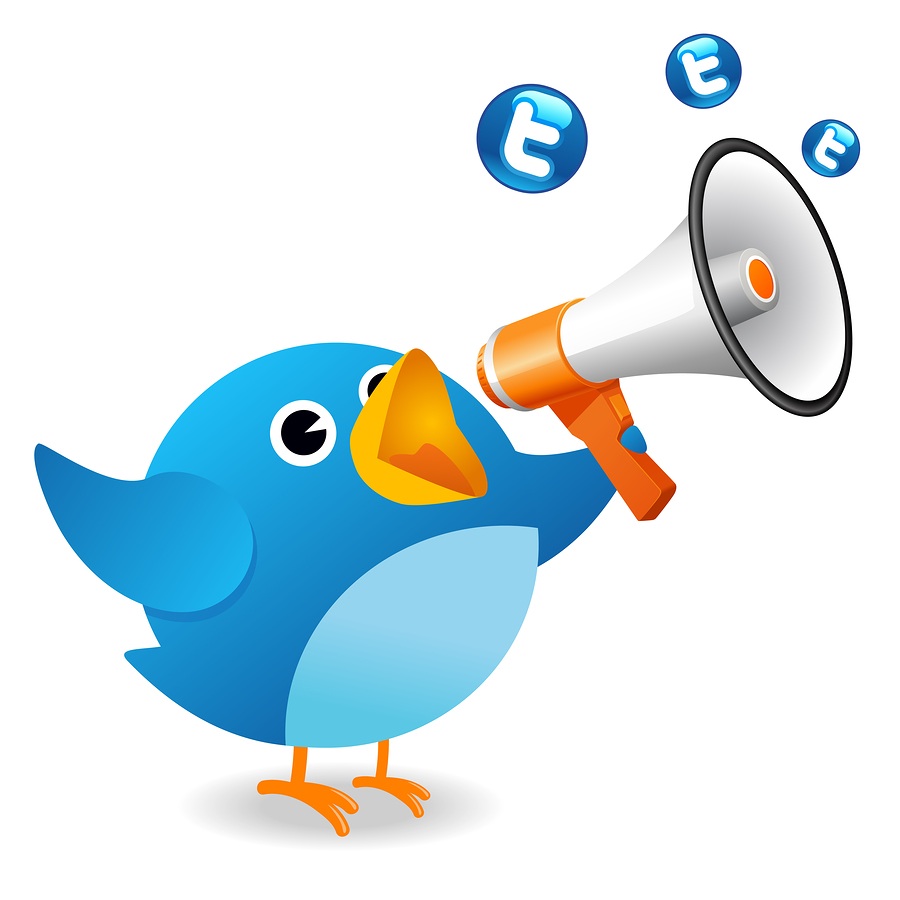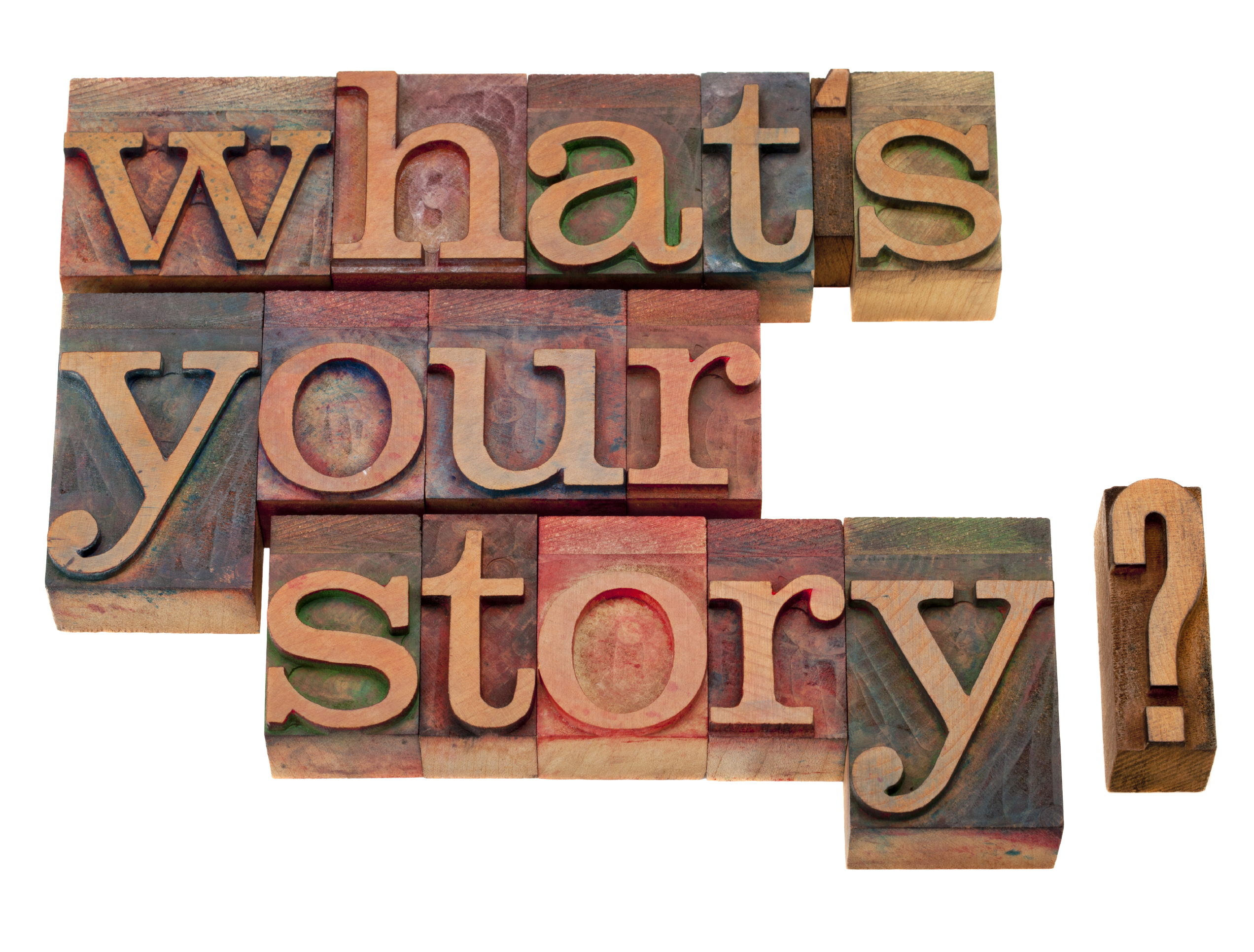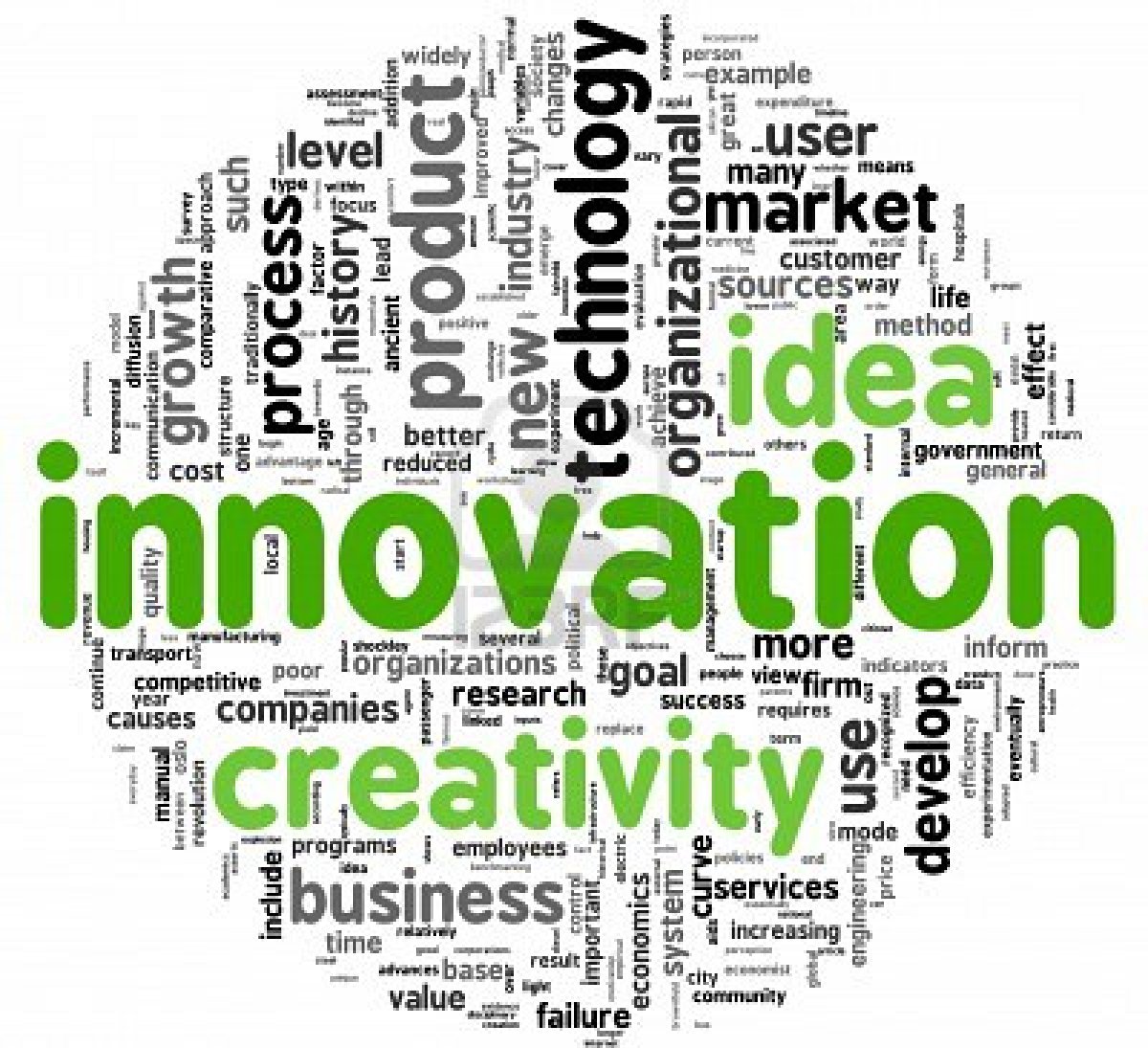A boutique consultancy dedicated to delivering relevant insights that guide clients through complicated decisions and uncover new ways of thinking.

Shari Allison
Principal
Shari has spent the past 20 years helping clients refine the way they look at their marketplace, their customers & their business. Co-founder of Ignite in 2011, Shari focuses on challenging convention, redefining context & delivering clarity to client partners. Although she holds advanced degrees in consumer behaviour, Shari’s expertise extends well beyond research & insights to thought-leadership & true strategic-partnership.

Stephen Tile
Principal
For the past 30 years Steve has been helping some of the biggest brands refine their target, define their messages and build their businesses. He is a consummate strategist who uses an array of research tools to deliver crisp & meaningful insights that inspire and transform.
Ignite is brought to the table when senior level, objective, thought-partners are needed to help provide clarity, focus decision-making & optimize opportunity.
Our business model allows for intimate, hands-on engagements that are flexible & provide meaningful business outcomes.
While Ignite can of course execute basic research, our sweet spot is really those issues that are strategically significant to the organization.
We focus on strategic, high-touch engagements related to…
- Market dynamics
- Brand strategy
- Brand targeting & positioning
- Brand identity
- Innovation
- Concept development
- Concept evaluation/execution
- Communication strategy
- Communication development/evaluation
Specializing in retail, travel, packaged goods, alcohol, technology, financial services & luxury goods segments.
- Ignite employs a creative range of methods to uncover insights…from traditional focus groups & online surveys to inventive interactive, observational & ethnographic approaches.
- Emphasis is on driving insights deep into organizations, either up or down, where they can be actioned — use facilitation & workshopping methods to ensure organizational enculturation.
Using Apple’s iPhone To Explain The Difference Between Invention And Innovation
Horace Dediu is trying to convince us all to accept a new word of his creation, innoveracy, to aid in explaining new products like Apple’s AAPL +1.14% iPhone. Truly ground breaking new products, ones that are different from novelty, creation and invention. And there’s much to like in at least part of his argument. For example, the insistence that inventions and or innovations need to pass the market test so that we can find out whether they truly are adding value. However, the coinage will make economists a bit twitchy (and possibly etymologists too) for we already use “innovation” in economics in two different ways. Of course, being economists the word is used in two contradictory ways as well, dependent upon context. Read more about how you can use the iPhone to differentiate between invention and innovation...Taco Bell Made Two Changes That Transformed The Brand
Taco Bell’s image has completely changed for the better. The brand was once called Taco Hell and known for cheap food with poor quality. But Taco Bell has become a social-media sensation in recent years. Customers, many in high school and college, proudly post photos of their Taco Bell meals to Twitter and Instagram. We spoke with Taco Bell’s chief marketing officer, Chris Brandt, about the two major changes the company has implemented to transform its brand. Read more about Taco Bell’s brand strategies and how they transformed this brand...Pioneer Brand Strategist Megan Kent Reinvents Brand Strategy Through Brain Science
Brand strategy pioneerMegan Kent is blazing the branding trail once again by marrying the latest findings in neuro and behavioral science with marketing to create a new model of brand strategy that forms the strongest emotional connections possible between brands and their customers. According to Kent, it turns out there’s a whole new way to think about brand strategy in the marketplace today – and it’s by appealing to the FEELING, not the THINKING, brain. Kent is launching her new company, Megan Kent Branding Group, to make actionable the exciting principles she has uncovered. Her company’s own branding line is “Creating brands that appeal, instinctively.” Find out more about this brand strategist and her future plans...How To Build A Winning Twitter Strategy In 2014
The good news about Twitter is that even though it went public in 2013, it didn’t jump the shark as many had predicted. Instead, the network has continued to grow, with an increased focus on the sophistication of its advertising platform. One recent article from AdWeek provided interesting analysis about the intersection of video and data on Twitter. Technologically, they’ve continued to innovate with the launch of Twitter cards, leading to more media rich user experiences. Find out more about building an effective Twitter strategy...Brand Storytelling: Why It’s Important for Your Content Strategy
In today’s busy media landscape, fragmentation has made it harder to get the word out about your brand. The digital age is an age of community, which means that marketing your brand is no longer about the persuasion to buy, but the persuasion to join. In short, brand storytelling in the digital age means looking at your content from a big-picture perspective and making your content stand out from the crowd to get you noticed. Find out more about why brand storytelling is important...GM’s Big Recall: Brand Image Crisis or Temporary Headwind?
If anyone was looking for a test of General Motors’s (NYSE:GM) CEO Mary Barra’s mettle, the growing recall scandal surrounding the ignition switch defect should prove more than sufficient. Just two weeks after her inauguration, the company let loose with what would become one of the largest recall efforts in history — an effort exacerbated by the lengthy ten-plus year delay between the identity of the problem and the effort made to do something about it. However, now that GM has committed to making things right, many are wondering what impact such a monumental effort will have on the brand, which was already struggling to revive its image after emerging from a hotly contested federal bailout. Read more about how this big recall will affect GM’s brand image...A Playful New Brand Identity For Ikea
Ikea’s traditional blue and yellow logo was designed as a nod to the company’s Swedish heritage. It’s easy to recognize and can be seen from a distance, as you drive up to the warehouse-sized store. Other than that, the logo is pretty bland. Ikea’s merchandise, however, has many characteristics: It’s minimalist, affordable, space-friendly, and has tongue-twisting Swedish product names. Its graphic identity just doesn’t really speak to any of them. “It’s instantly recognizable as being a Swedish institution, but does it suit Ikea as a company in 2014?” asks student designer Joe Ling. “I don’t think so.” Find out more about brand identity ideas for Ikea...Biomimicry: How Nature Can Streamline Your Business For Innovation
Windows that prevent bird collisions by mimicking the UV-reflective qualities of spider webs; a train that travels faster, uses less energy and makes less noise after it was redesigned to resemble a bird’s beak; highly efficient wind turbine blades that mimic the bumpy edges of a whale’s flippers. These are just three of countless examples of biomimicry – technologies inspired by forms, processes and systems found in nature. The discipline is no longer just an academic exercise. It has become an innovation tool that allows companies to develop a new class of products and services. As I pointed out in my previous column, biomimicry is transforming the ways we design, produce, transport and distribute goods and services; and more and more companies are approaching Mother Nature for innovative ideas to help solve complex human problems. Read more about biomimicry and how it can streamline your business for innovation...Innovation, Meet Regulation: How Flash Boys, Uber And Tesla Are Breaking All The Rules
Regulation is getting really complicated. Don’t expect it to get easier any time soon. Countless articles have been written lately about the very real business challenges created by the onslaught of new regulation in everything from finance to technology to healthcare. The gripes are justified. Ten years ago there were 2 or 3 major regulators that most big companies had to deal with; now there are hundreds, creating a global patchwork of complex, often contradictory corporate compliance hurdles for multinational companies. Why is this happening? One easy answer is that too-big-to-fail has led to a regulatory free-for-all that’s too-complex-to-manage. Sure, cash-strapped governments around the world see some new regulations as an opportunity to generate revenues and others as good sense guidelines to reduce the risk of another credit crunch. But there’s more to it than that. When you look closely at this golden age of regulatory scrupulosity, the real driver is innovation. Find out more about how innovation needs to face the music when it comes to regulation...7 Keys to Building a Successful Brand
I have a secret for you, though it’s hardly a revelation: most brands fail at what they are trying to accomplish. And the only thing more frustrating about how terrible so many brands are is how clueless many small businesses executives and entrepreneurs are about what branding is. Most people think of branding as simply “the logo,” but a logo is just the beginning of a brand’s visual aspect (which also includes the website, marketing materials, and ad copy — which in turn includes tag lines, marketing/PR/sales copy, and advertisements). Read more about building a successful brand...Branding Strategy as Your Secret Marketing Weapon
Marketing without branding is like fishing without a hook. You’ll be distributing your message, sure. You may see results in the forms of sales closed and new customers. But is there even anything behind the words? As expert James Heaton eloquently puts it, your marketing is a method of pushing your message out, while your branding is the pull that attracts customers. While a marketing campaign may convert a prospect into a buyer, your brand is what retains their business for life. In an ideal scenario, it’s so much more than pure messaging. Branding strategy allows you to position your business in your market solidly, build meaningful relationships, and retain customers over time. In an ideal world, a solid brand should precede your marketing. However, that’s not to say it’s ever too late to begin developing a branding plan for the future. No matter when you start, it’s sure to offer immense benefit to your marketing program and outcomes. The following are some of the ways that defining your organization’s core can act as your marketing secret weapon. Read about them all in this...How To Drive Innovation In Five Steps
Leaders want more innovation in their cultures. To compete, they know they can’t play it safe – which requires employees to take chances and not be afraid to fail. Yet, most organizations subtly (or overtly) encourage safe behavior, by rewarding straightforward successes and punishing failures. Employees get the signal quickly that taking work risks is just too high a personal risk for their careers. It’s no wonder that Gallup’s research shows that only 13% of employees are engaged at work. If we’re continuously told we need to be innovative and creative, yet we’re limited in our ability to do so, dissatisfaction and stagnation set in. Read more about the opportunity...Ignite Lab Inc.
40 Eglinton Ave. East
Suite 703
Toronto, ON
M4P 3A2












